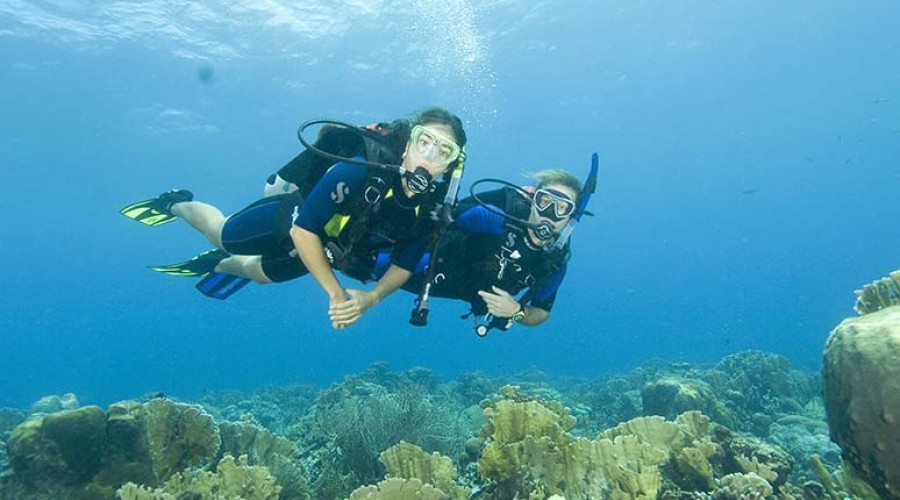
Experienced instructors hear many of the same questions time and time again from student divers. If you are having any of the same concerns or are wondering about the answers to any of these questions then you are not alone!
1. What happens if I run out of air?
Firstly, it is highly unlikely that this will ever happen. During your PADI Open Water Diver course you will be taught how to monitor your air supply frequently and you will learn that we never dive until the tank is empty, we always end the dive before air supply becomes an issue. You will also learn several different ways to deal with an “out of air situation” safely so in the unlikely event that you did run out you will have the skills required to manage the situation.
2. How long will my dive last for?
This one is tricky to answer because it depends on how quickly you breathe your air. Most people have some nerves before their first dive which means beginners use their air faster than experienced divers. Other factors also affect air consumption; body makeup, depth, fitness, sea conditions, how effectively you use your fins and even water temperature! Your first dive should be a minimum of 20 minutes and on average first dives usually range from 25 – 40 minutes but some first timers manage a full hour. You won’t know until you try but one thing’s for sure, your air consumption will improve the more you dive.
3. How deep will I have to dive?
The first 2 dives of the PADI Open Water Diver program are a maximum of 12 meters and the 3rd and 4th dives are a maximum of 18 meters (or 12m for 10-11 year olds). Your dives should be more than 5 meters but you do not HAVE to go to 18 meters. Talk to your instructor if you are anxious about depth.
4. I wear glasses, can I still dive?
Yes absolutely. One option is to dive in contact lenses – daily disposables are best in case you lose one during some of the mask skills which can happen from time to time. If you are not a contact lens wearer then a prescription mask is a great option. Some dive centers have prescription masks available but it can be difficult to hire one that matches your eyesight requirements exactly so it’s a good idea to invest in one of your own. If you are long sighted (have difficulty reading but are okay with distances), then you can buy prescription stickers that you apply to the lower section of a regular mask – much like wearing reading glasses.
5. I’m not much of a reader, will I manage the theory?
Yes. The PADI Open Water Diver course is designed to make it accessible to everyone, no matter what your preferred learning style is. The program is not just reading (although there is some), you will also be able to learn the theory through video presentations, practical demonstrations and practice and instructor presentations. If you are worried about “cramming” the PADI eLearning options allow you to study from home, at your own pace prior to going to the dive center. If you are smartphone or tablet user then try the PADI Open Water Diver Touch Version which you also complete at home and provides a more interactive way of learning.
6. Will there be dangerous marine life?
This depends entirely on where you are diving and what you understand by “dangerous”. In some areas there are corals or plants which may sting if you brush up against them. Most marine animals do not attack and have stingers for defensive reasons only. Your instructor will explain to you how to interact with marine life in an observatory way which means you will experience some great encounters with many wonderful species. The golden rule is not to touch anything – most humans would be annoyed if something they didn’t know came into their environment and poked them!
7. Can I still learn to dive if I don’t have a buddy?
Yes, no problem! You may find that you have a one on one program with the instructor who will also be your buddy or you may form part of a group so you’ll meet new buddies. Divers are sociable and welcoming!
8. I’m not a strong swimmer, is this going to be a problem?
You don’t need to be Michael Phelps to learn how to dive but there are some minimum requirements for safety reasons. You will need to complete a 200meter swim (any stroke and it is not timed), you will also need to “float” for 10 minutes (this can be laid on your back, swimming or treading), you will also complete some snorkeling skills. The most important consideration is that you feel comfortable in the water. If you are not there yet then taking a couple of swim classes will improve your confidence and overall enjoyment.
9. Do I need to have my own scuba gear?
No, check with your chosen dive center that equipment hire is provided. If you are thinking of investing in your own gear check out our blog – Buying Your Own Scuba Gear: Pros, Cons and Practical Advice.
10. How long does the PADI Open Water Diver course take?
It depends on you and the dive center but usually 3 – 4 days. Learning to dive is skill based, so the duration of the course is really determined by your progress in developing your skill level, comfort and confidence. If you choose PADI eLearning prior to your program this will reduce the amount of time needed at the dive center. If you don’t want to study on holiday you can always take the theory and pool sessions at a dive center at home and just make the open water dives on your holiday (your instructor will give you a “referral document” to take with you). Some dive centers offer programs over 2 weekends so you don’t need to take time off work. There are lots of options but if you are planning to take the program on holiday remember that you need at least 18 hours after diving before flying home.
Still have questions or ready to dive in? Don’t hesitate to contact us
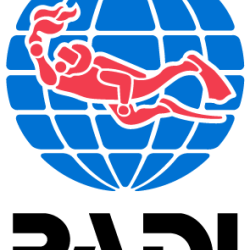
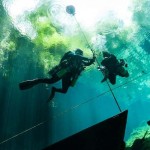
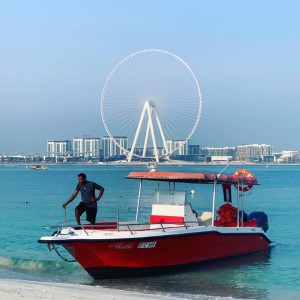
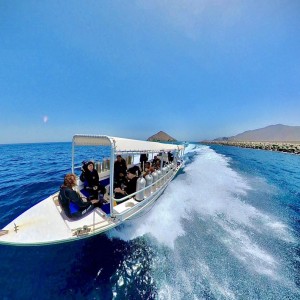
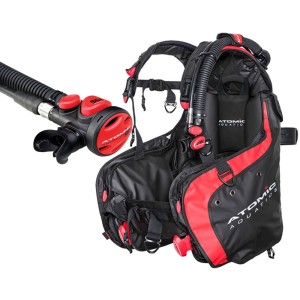
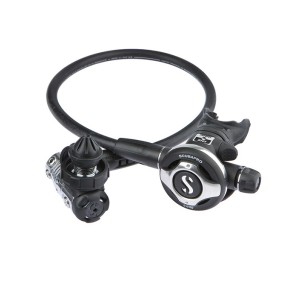
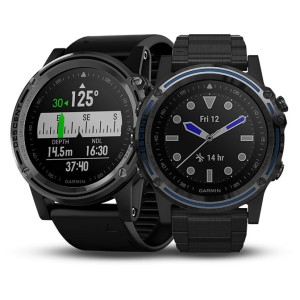
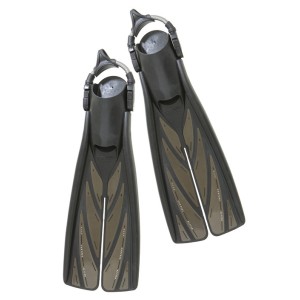
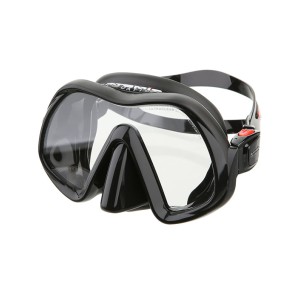
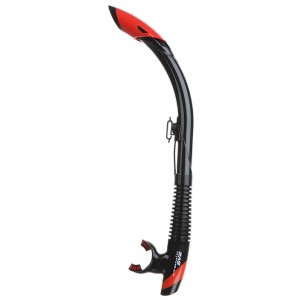
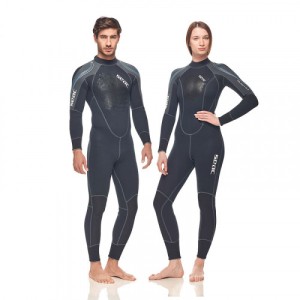
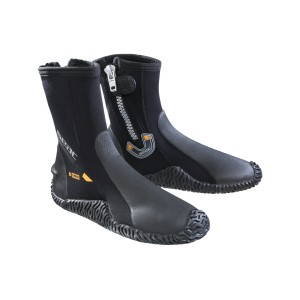

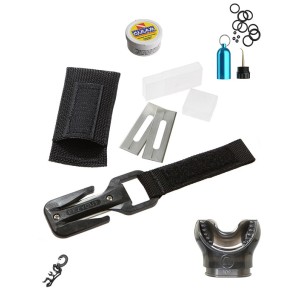

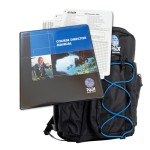



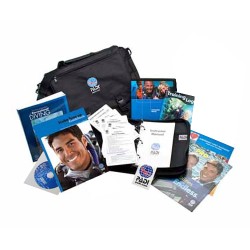
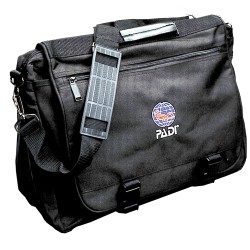
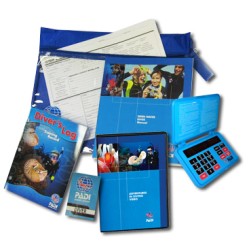
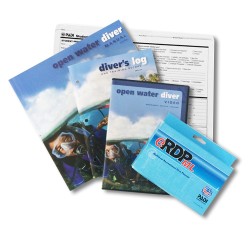
-870x812-250x250w.jpg)
-870x812-250x250w.jpg)
-870x812-250x250w.jpg)
-870x812-250x250w.jpg)
-870x812-250x250w.jpg)
-870x812-250x250w.jpg)
-870x812-250x250w.jpg)
-870x812-250x250w.jpg)
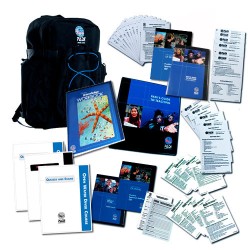
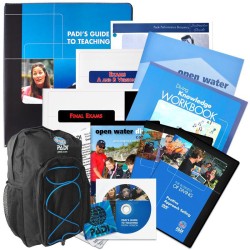
-870x812-250x250w.jpg)
-870x812-250x250w.jpg)
-870x812-250x250w.jpg)
-870x812-250x250w.jpg)
-870x812-250x250w.jpg)
-870x812-250x250w.jpg)


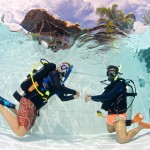
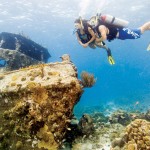
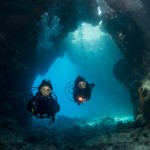
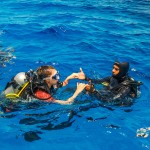

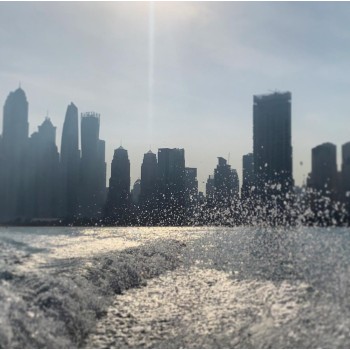
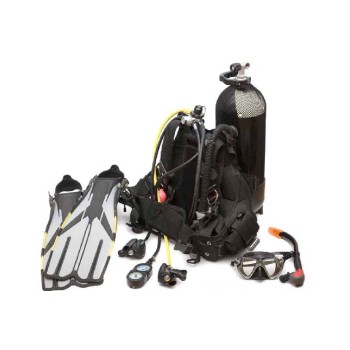
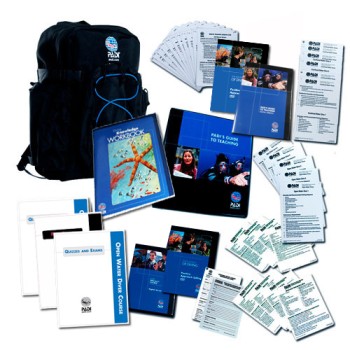

Leave a comment